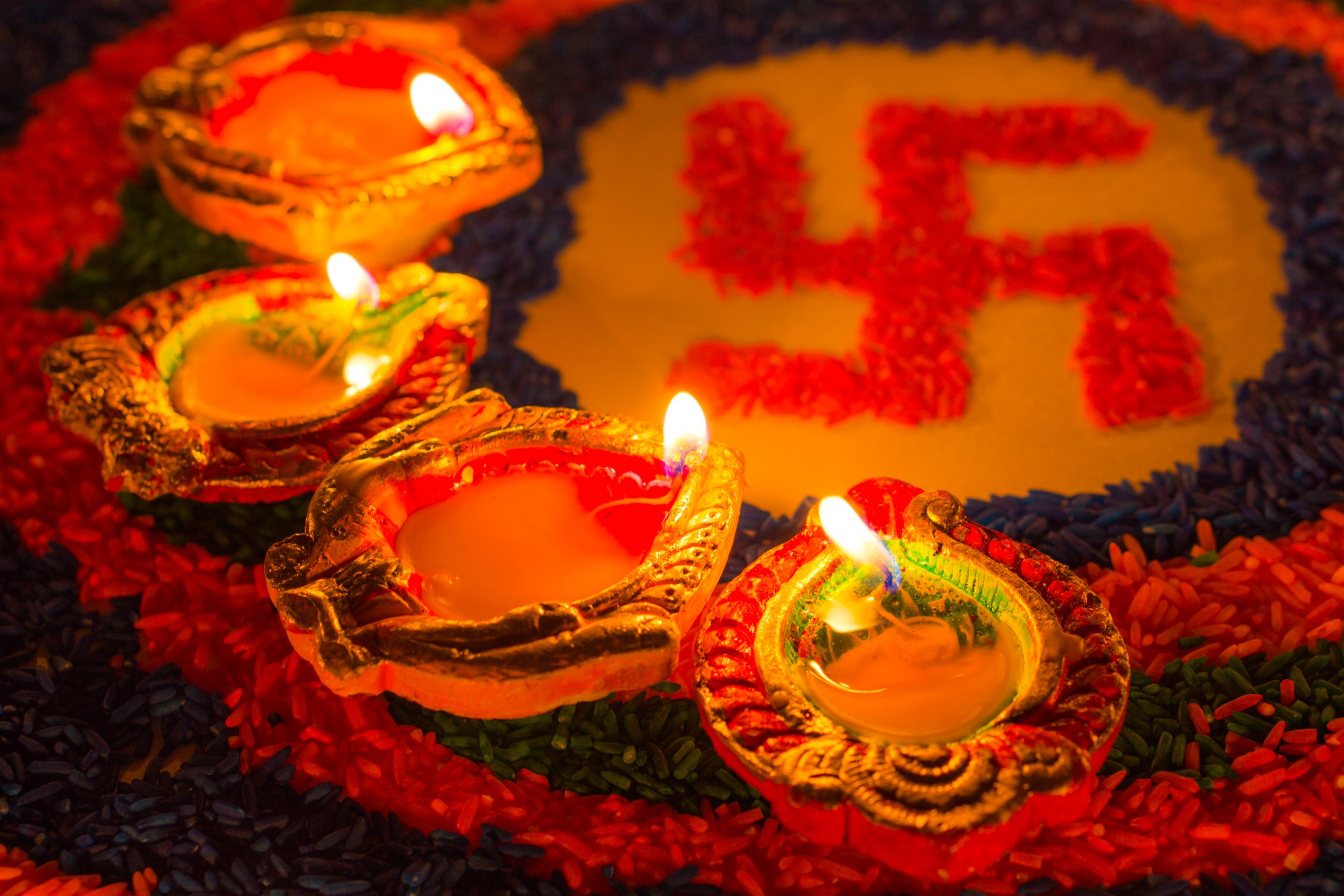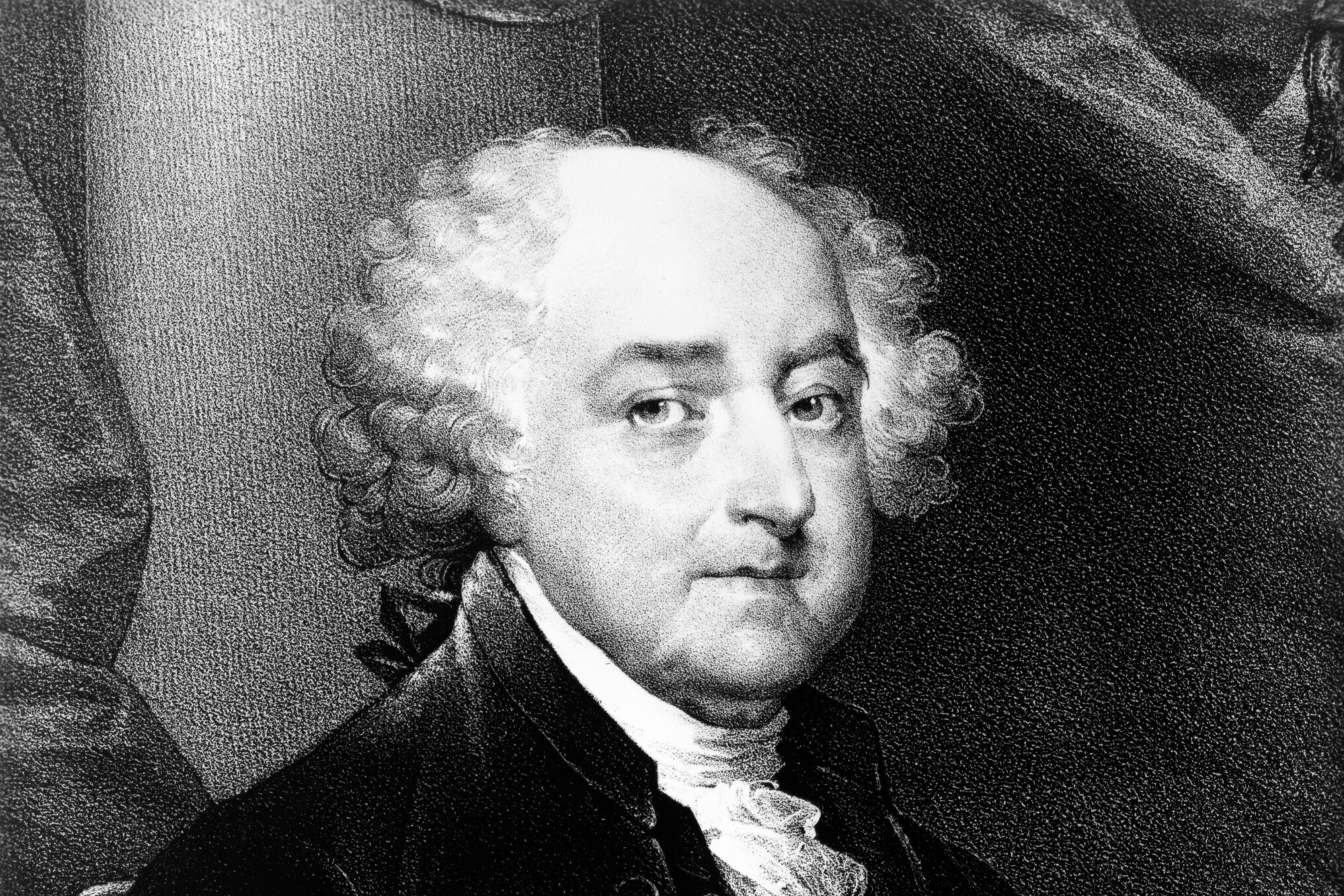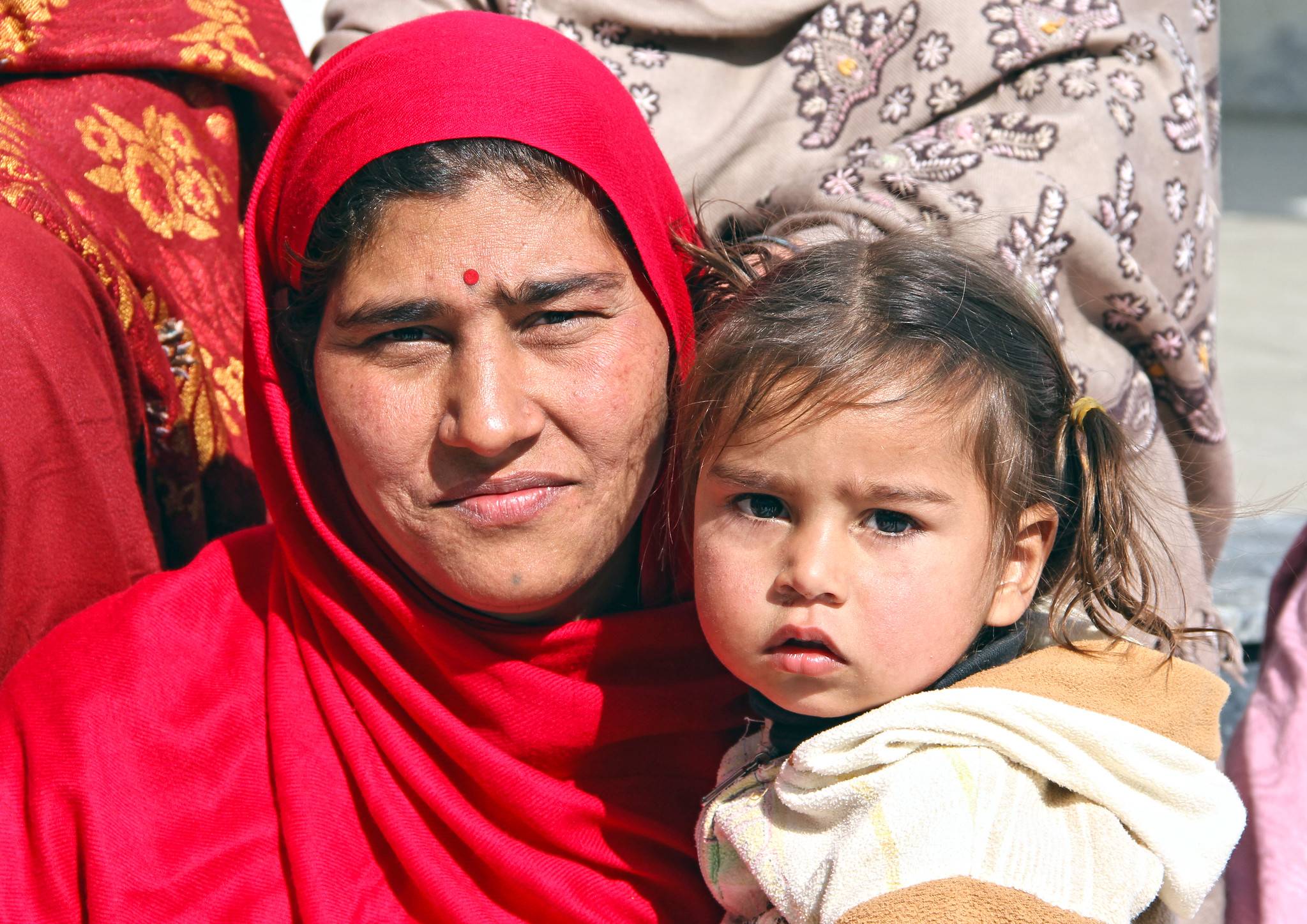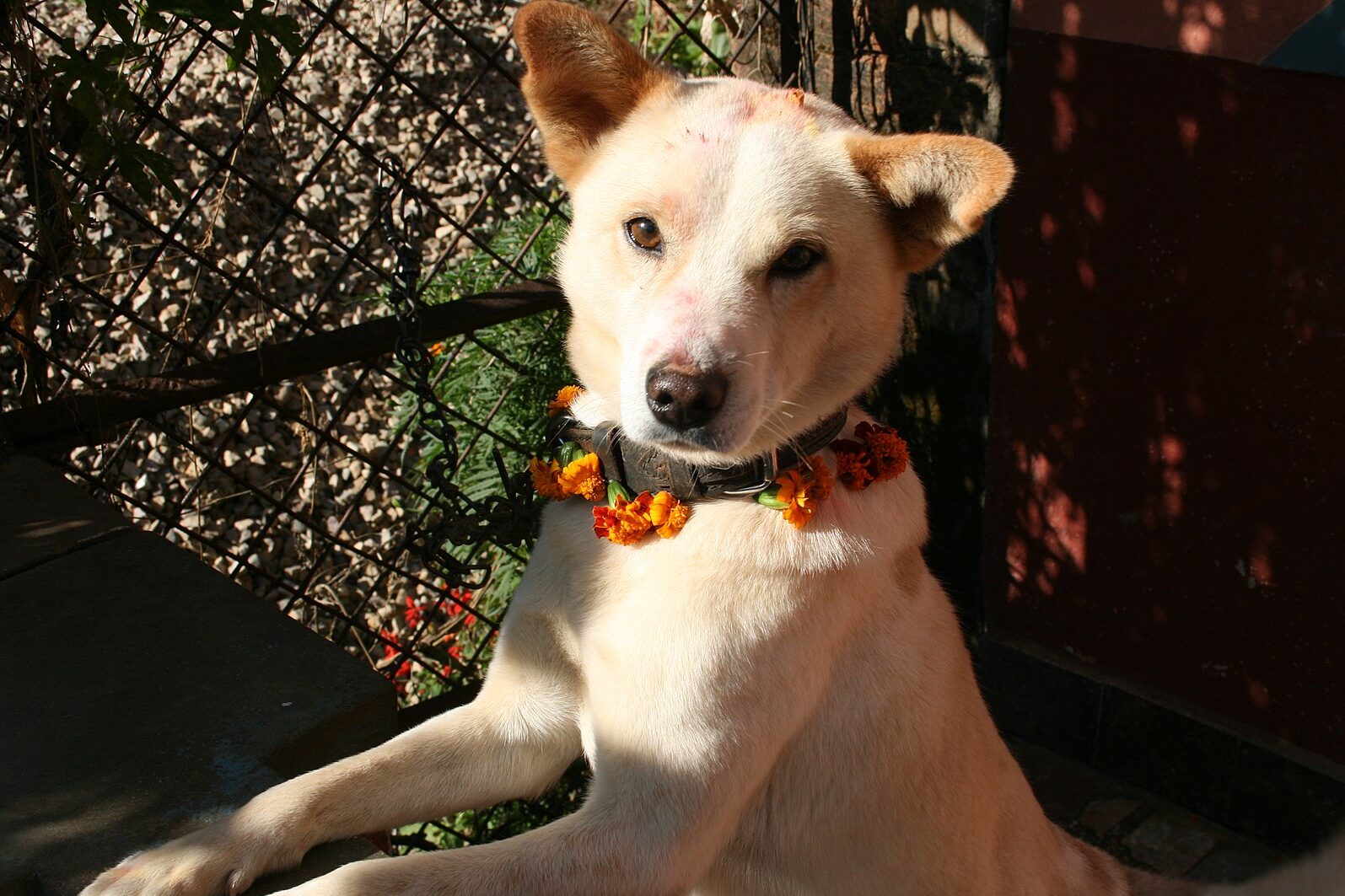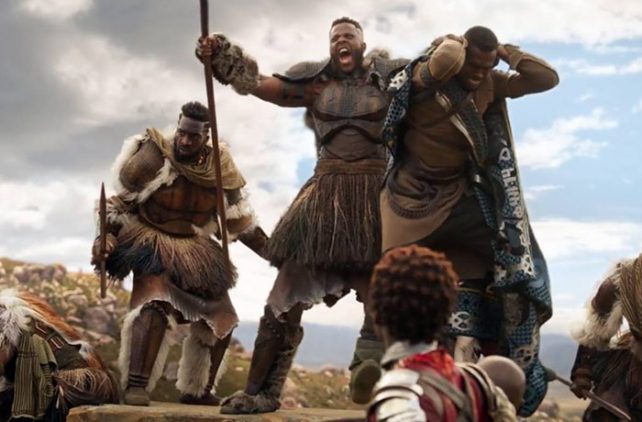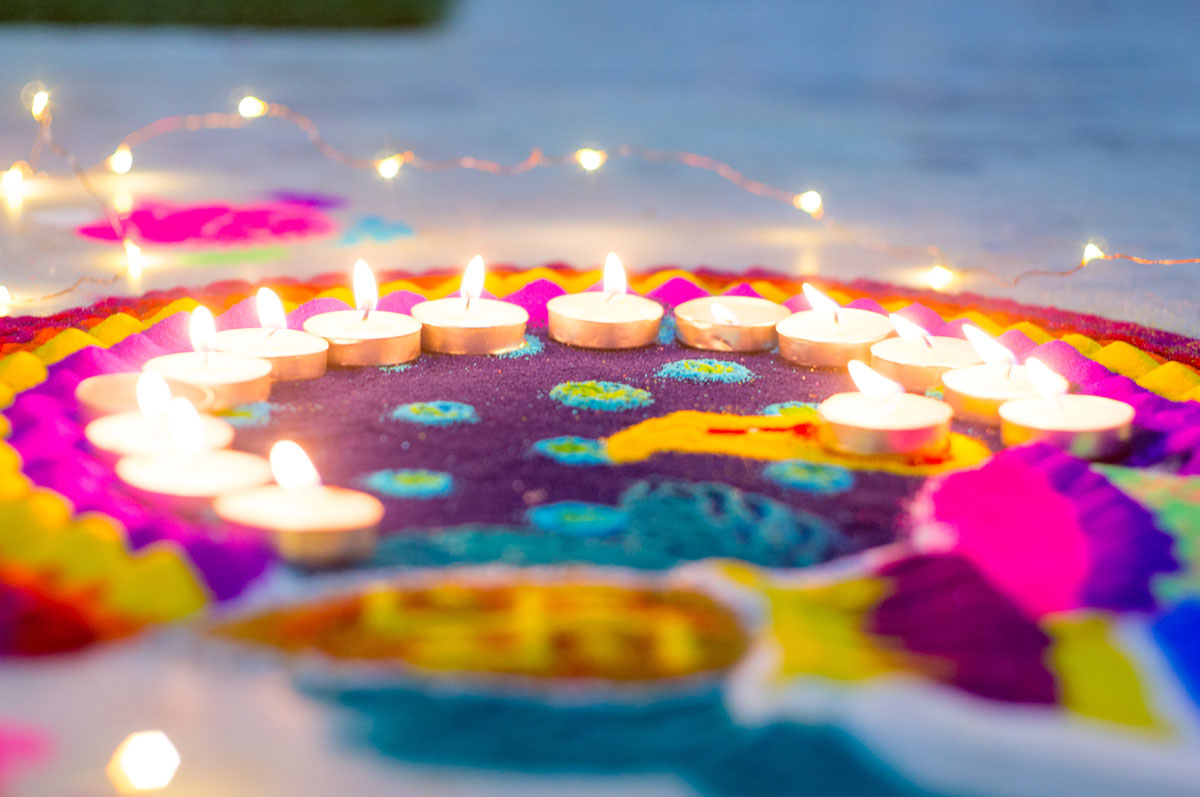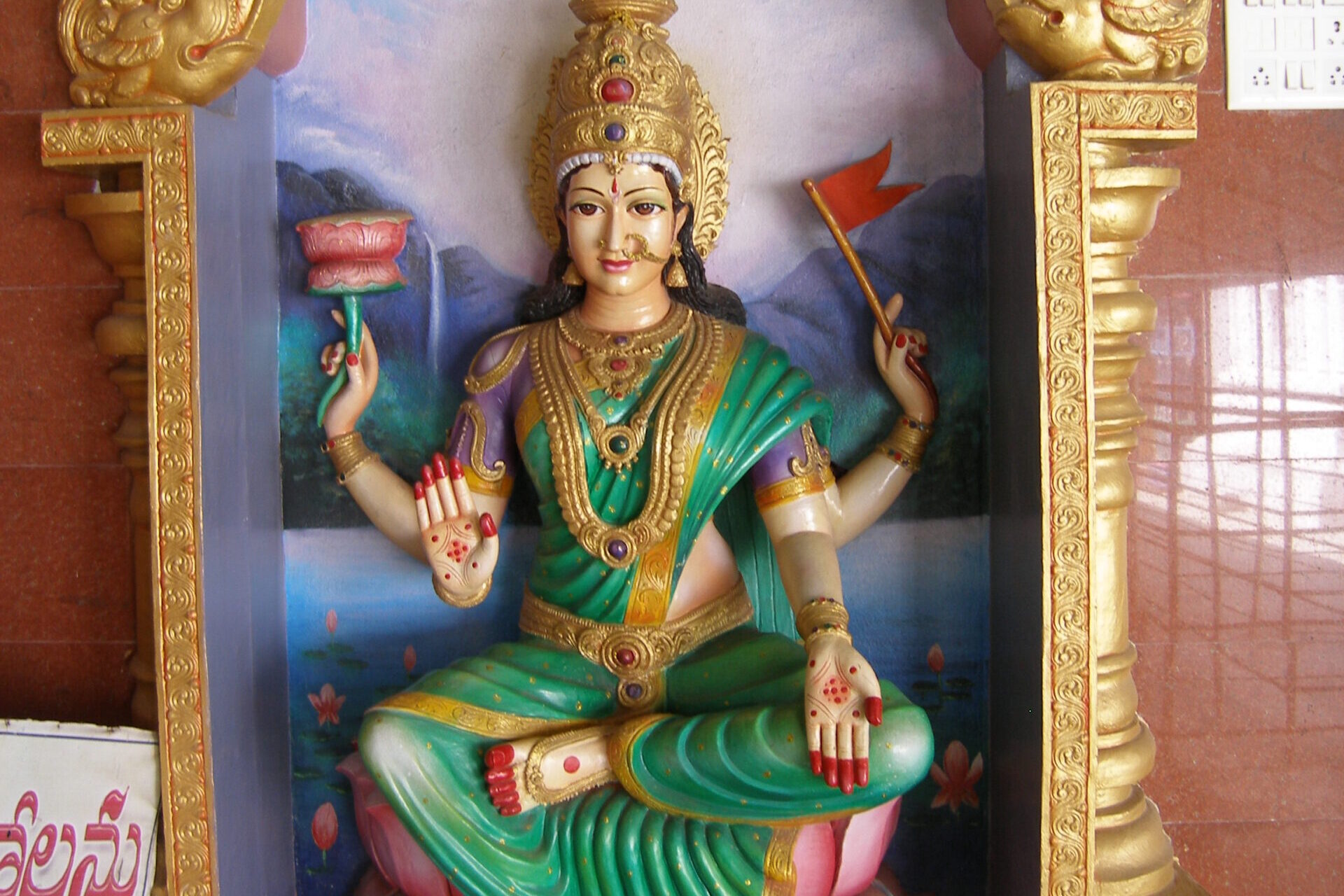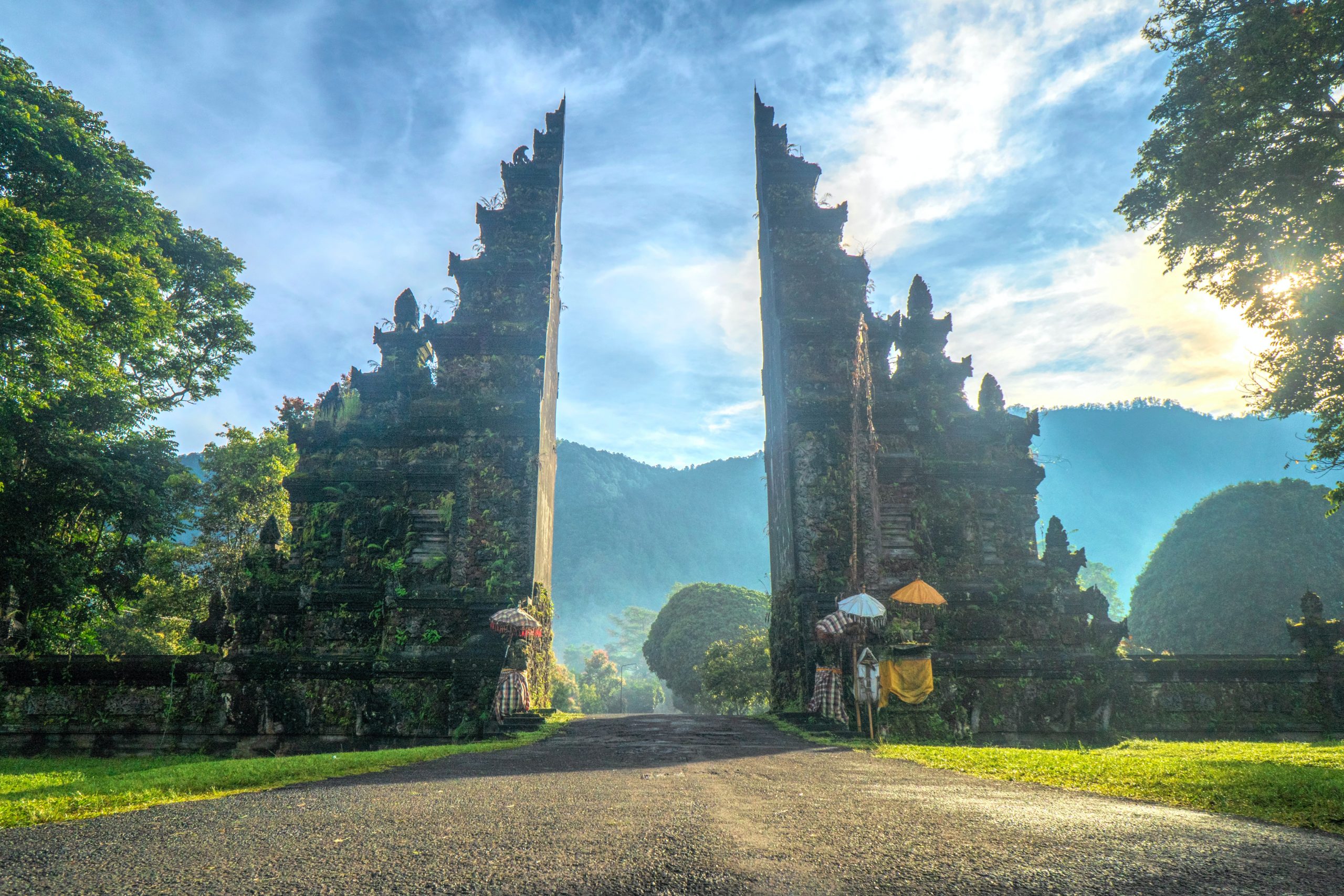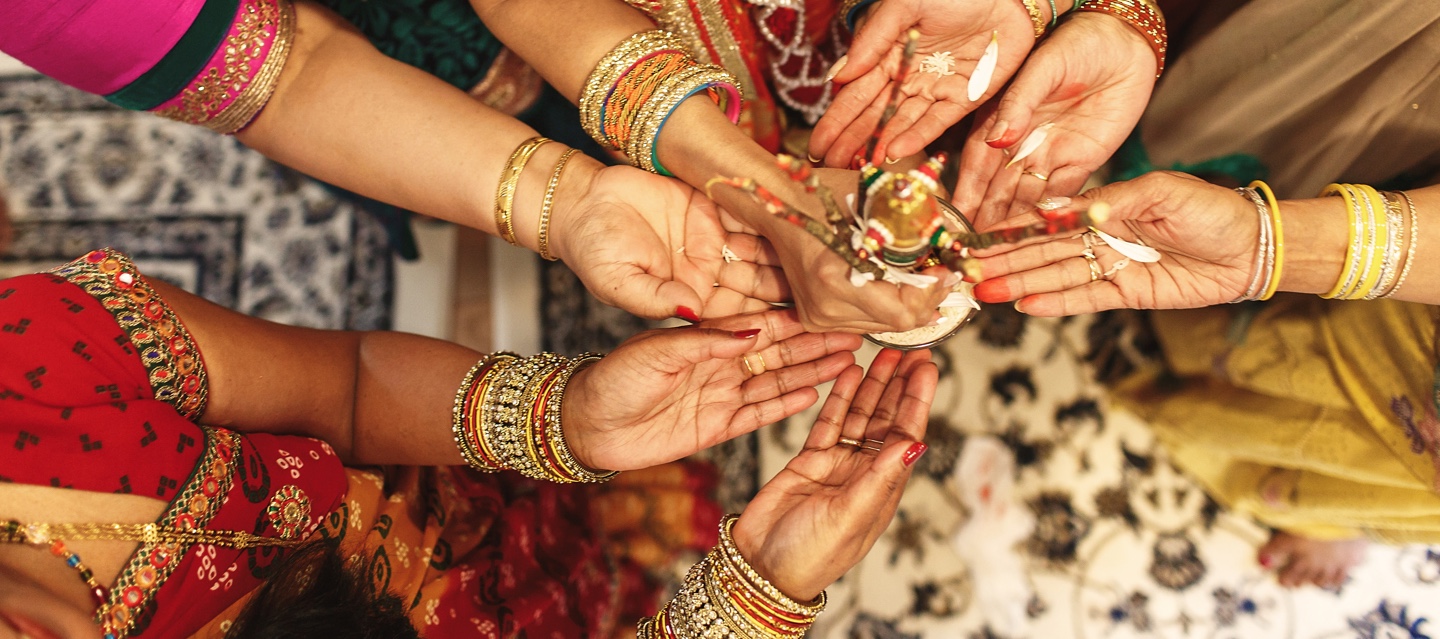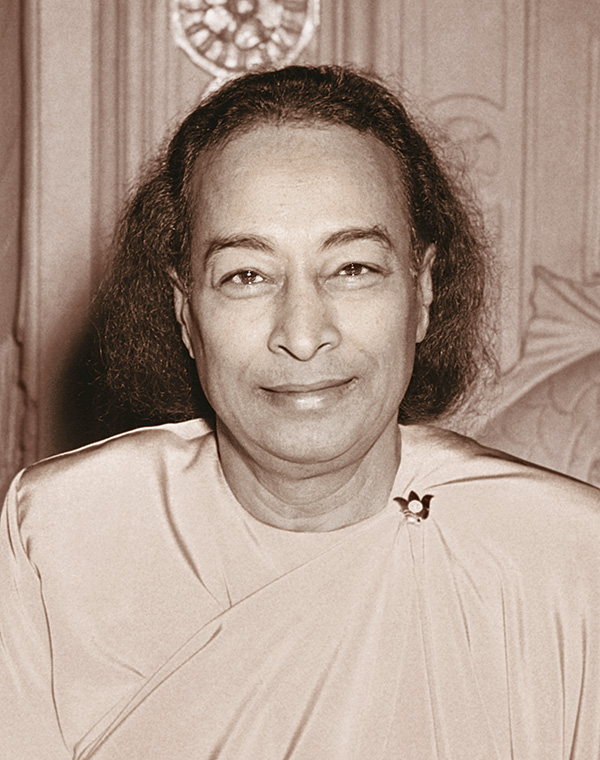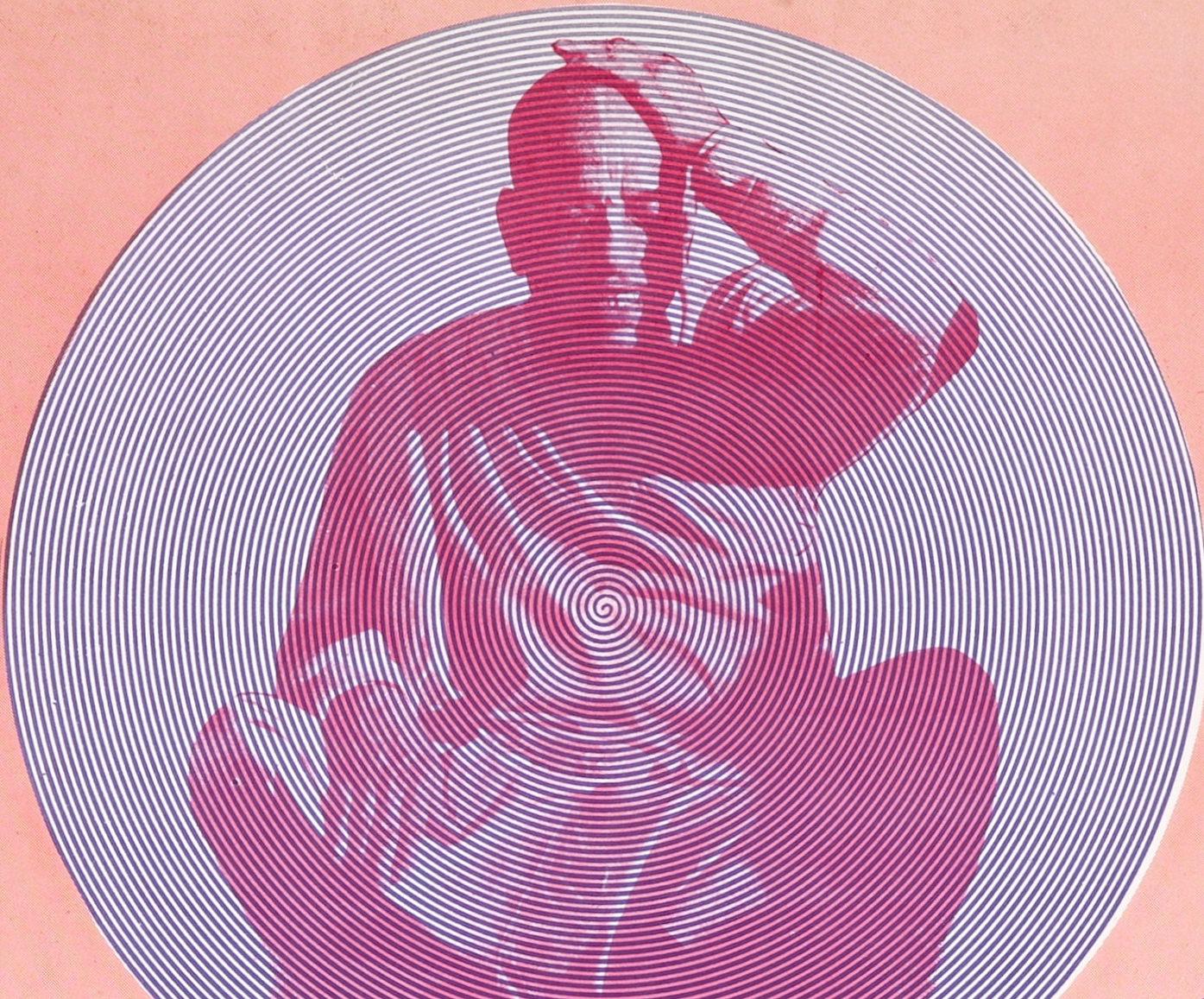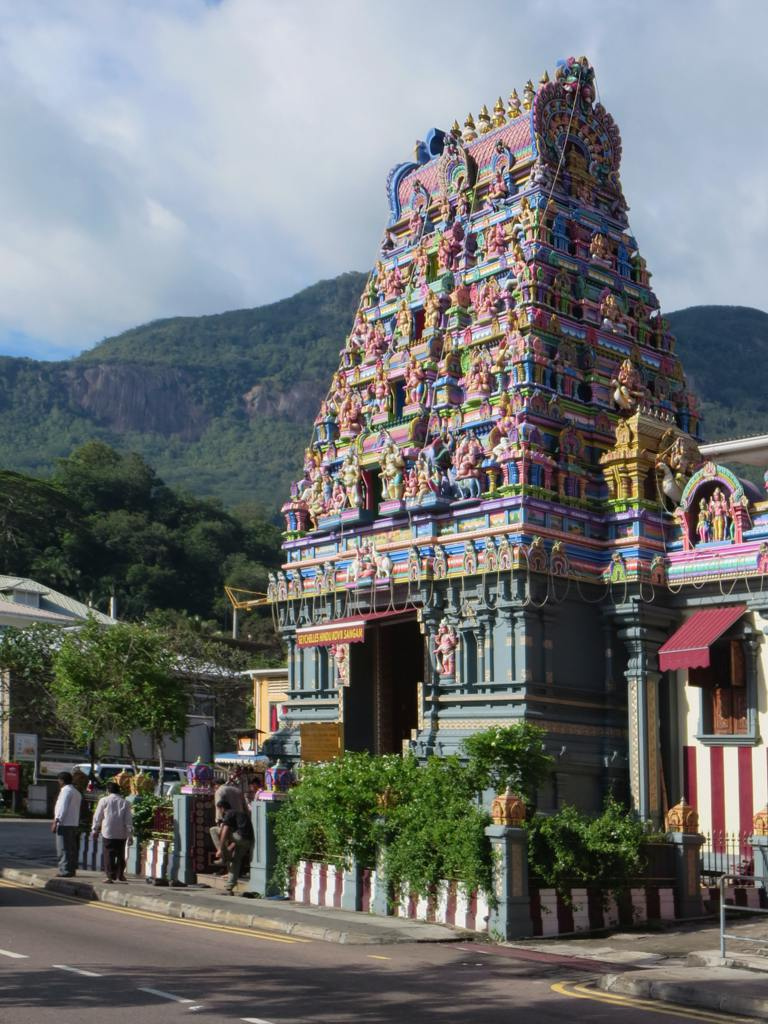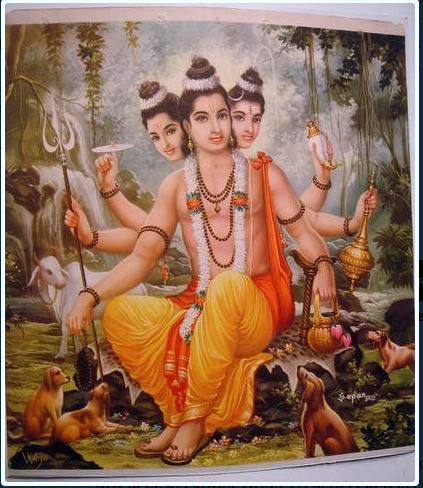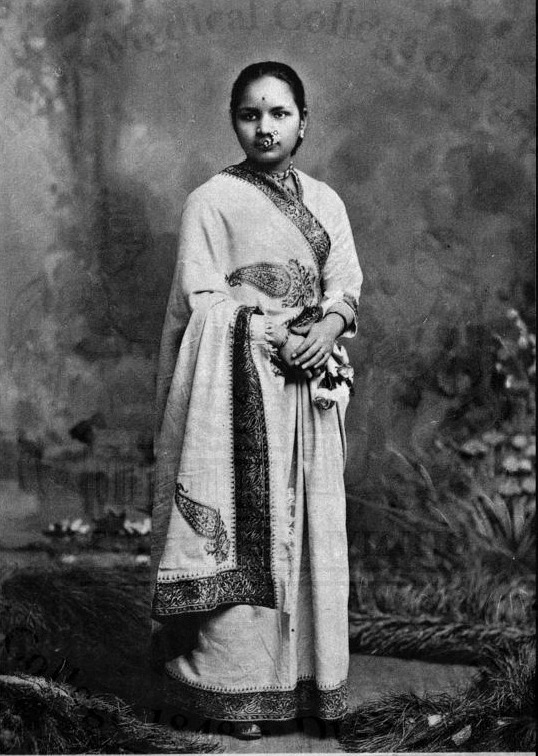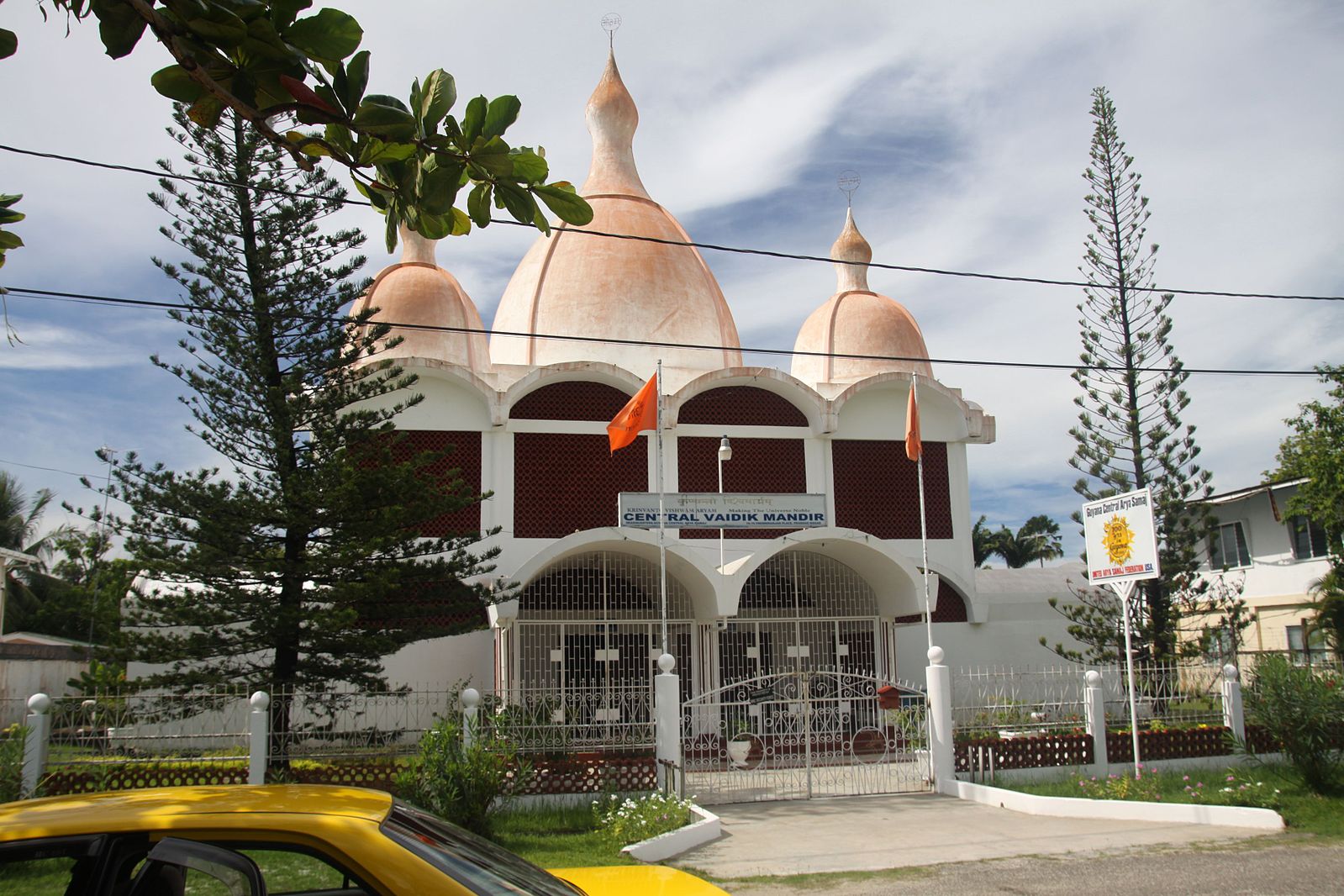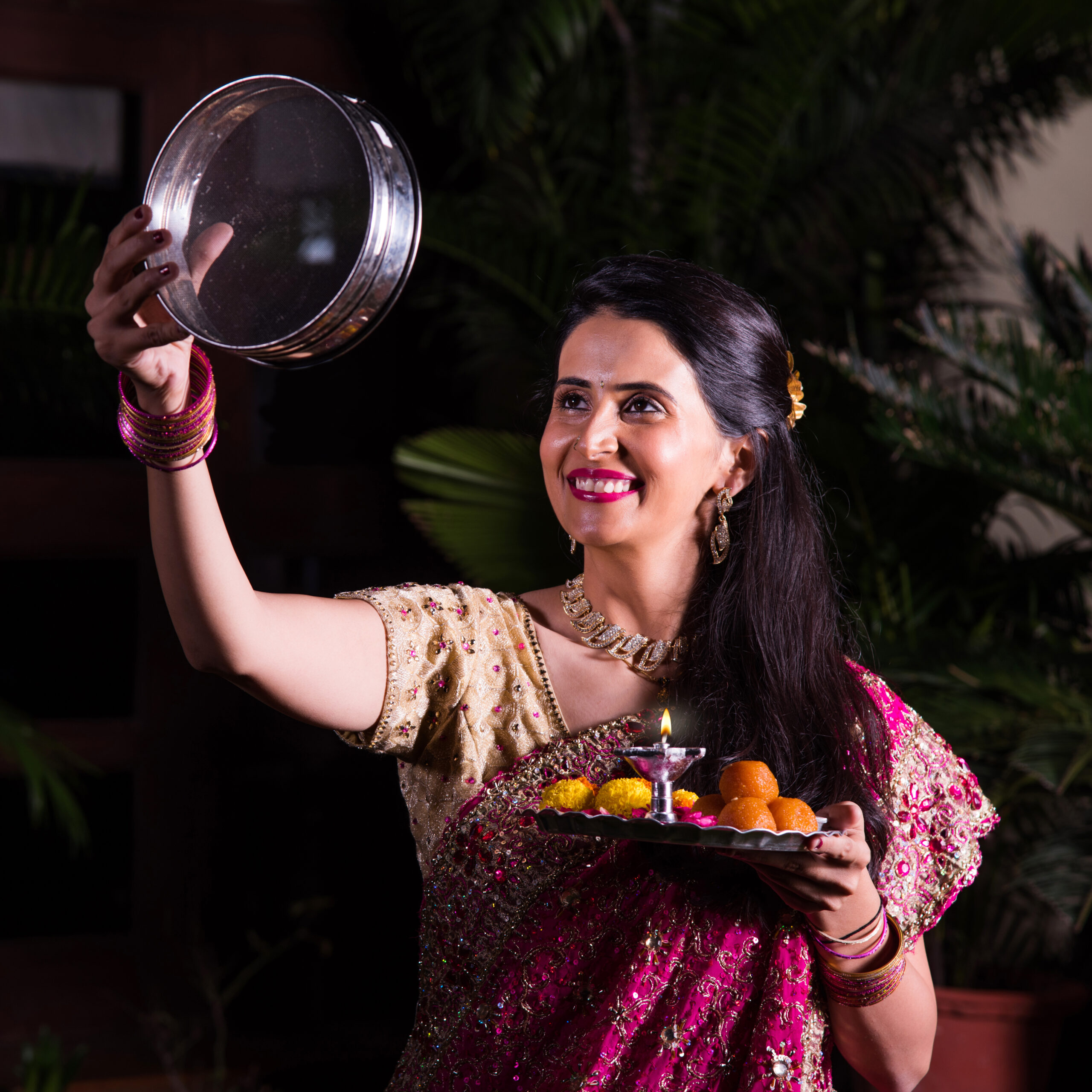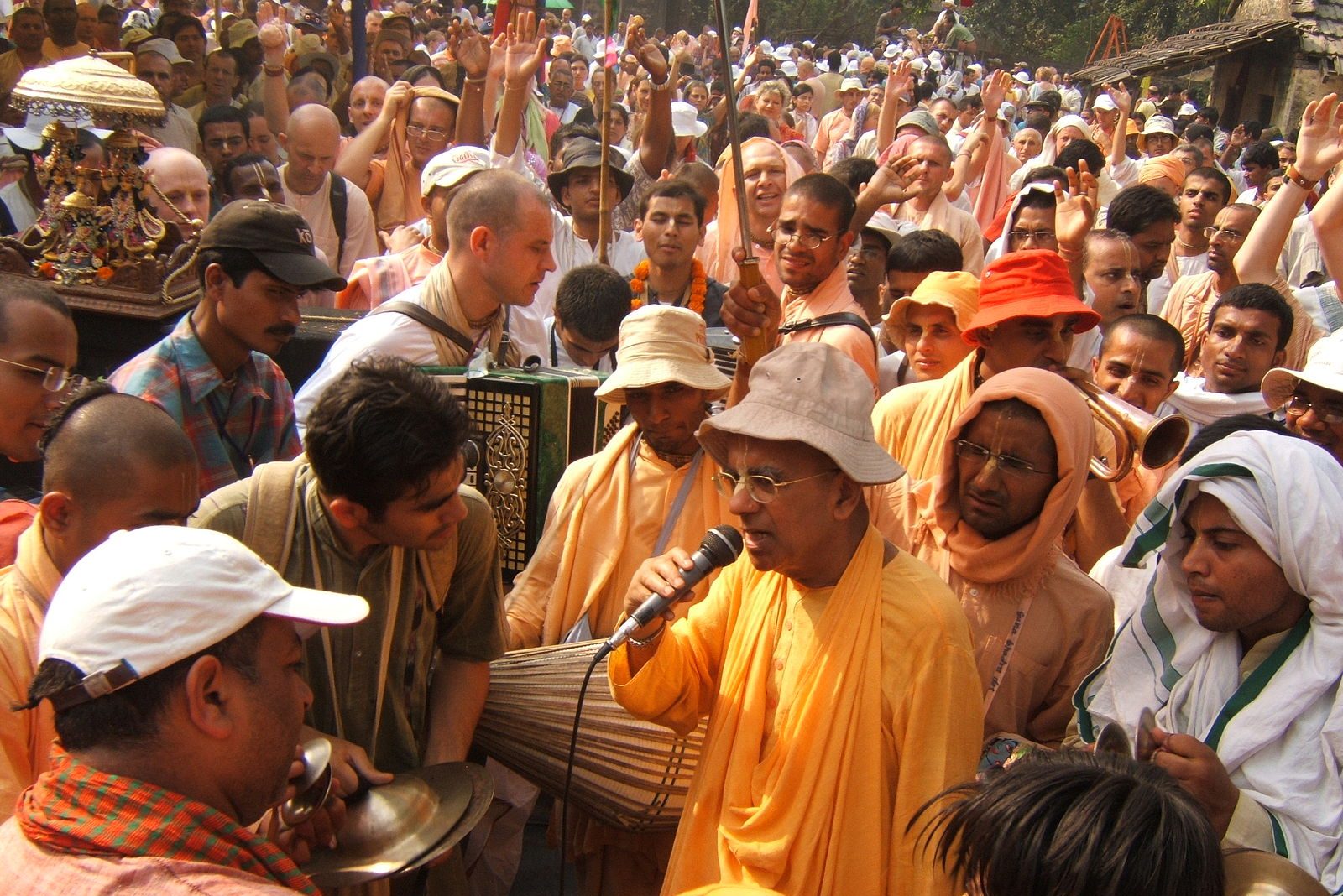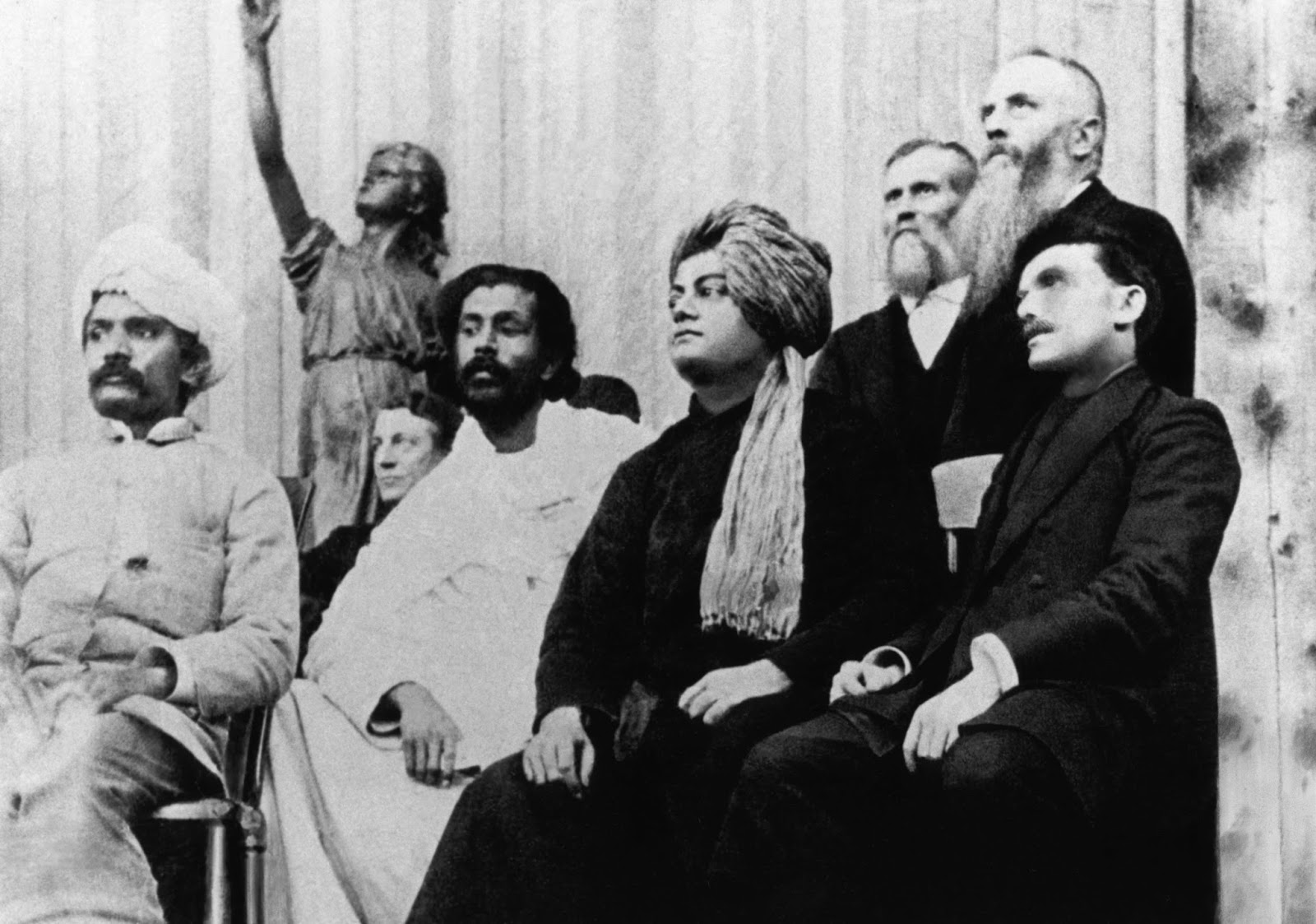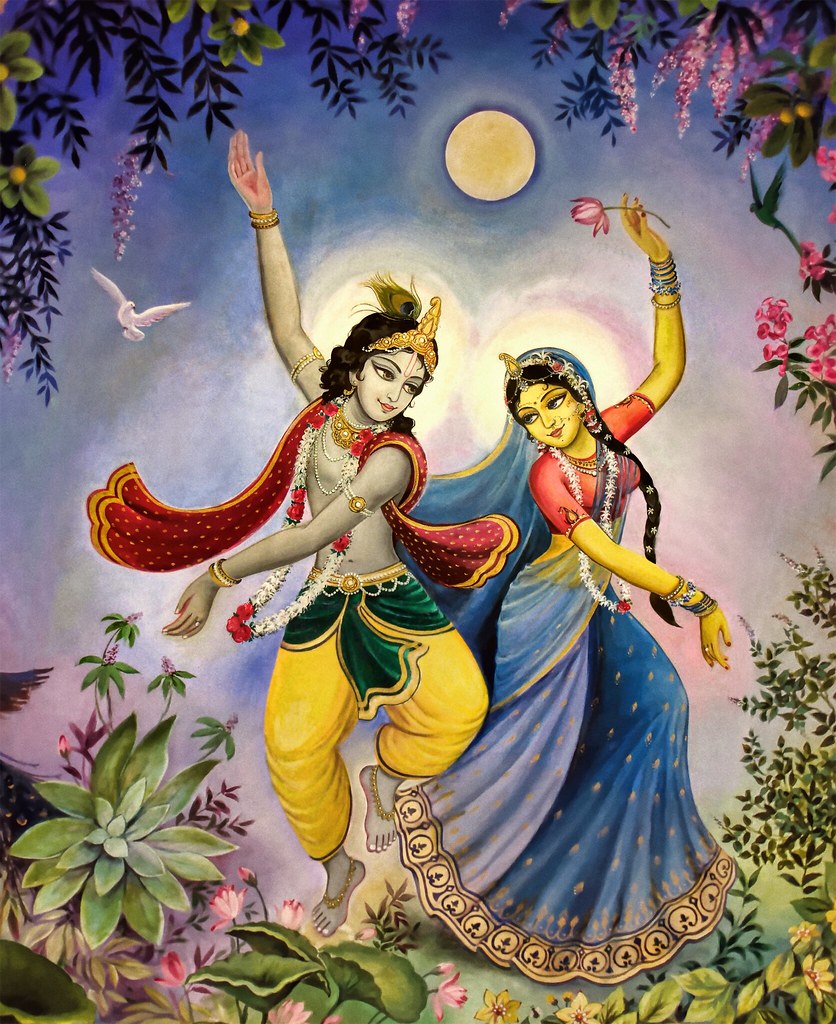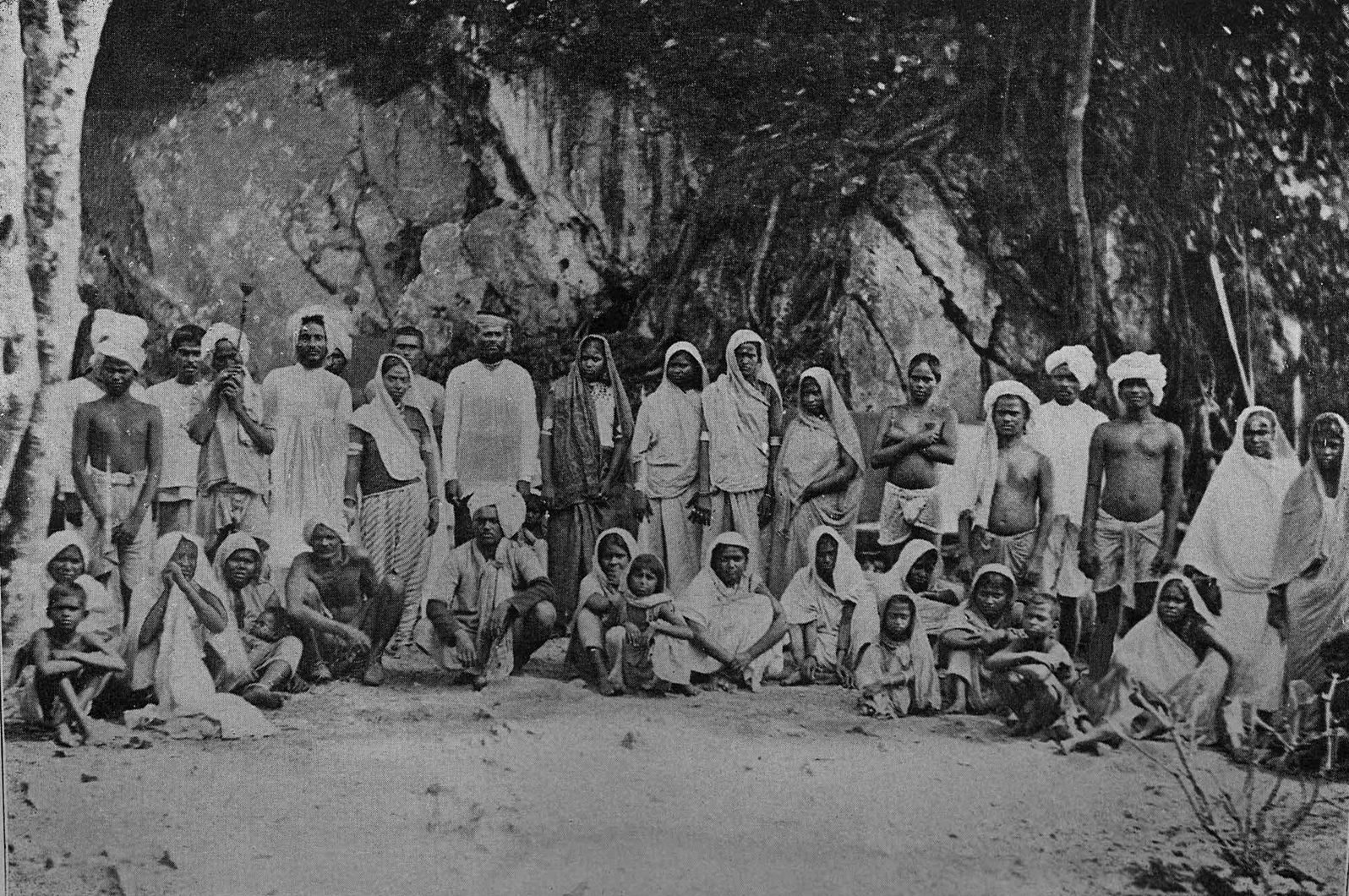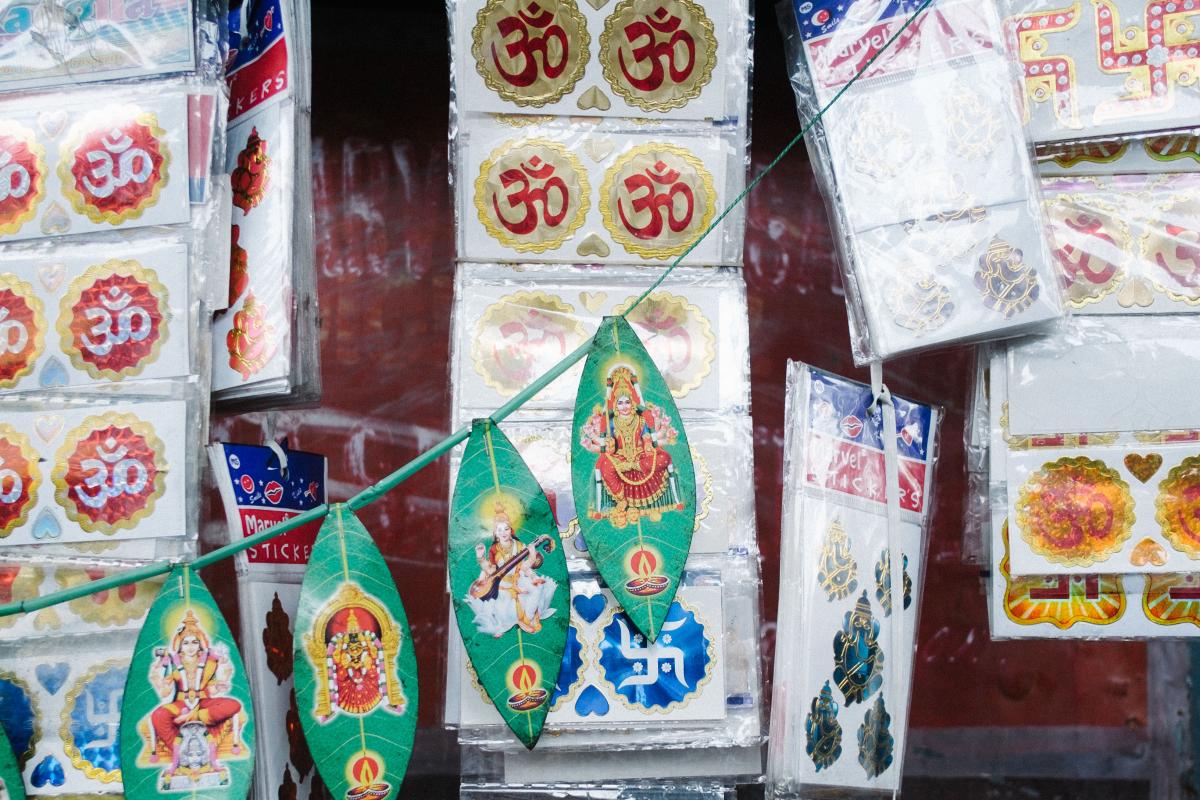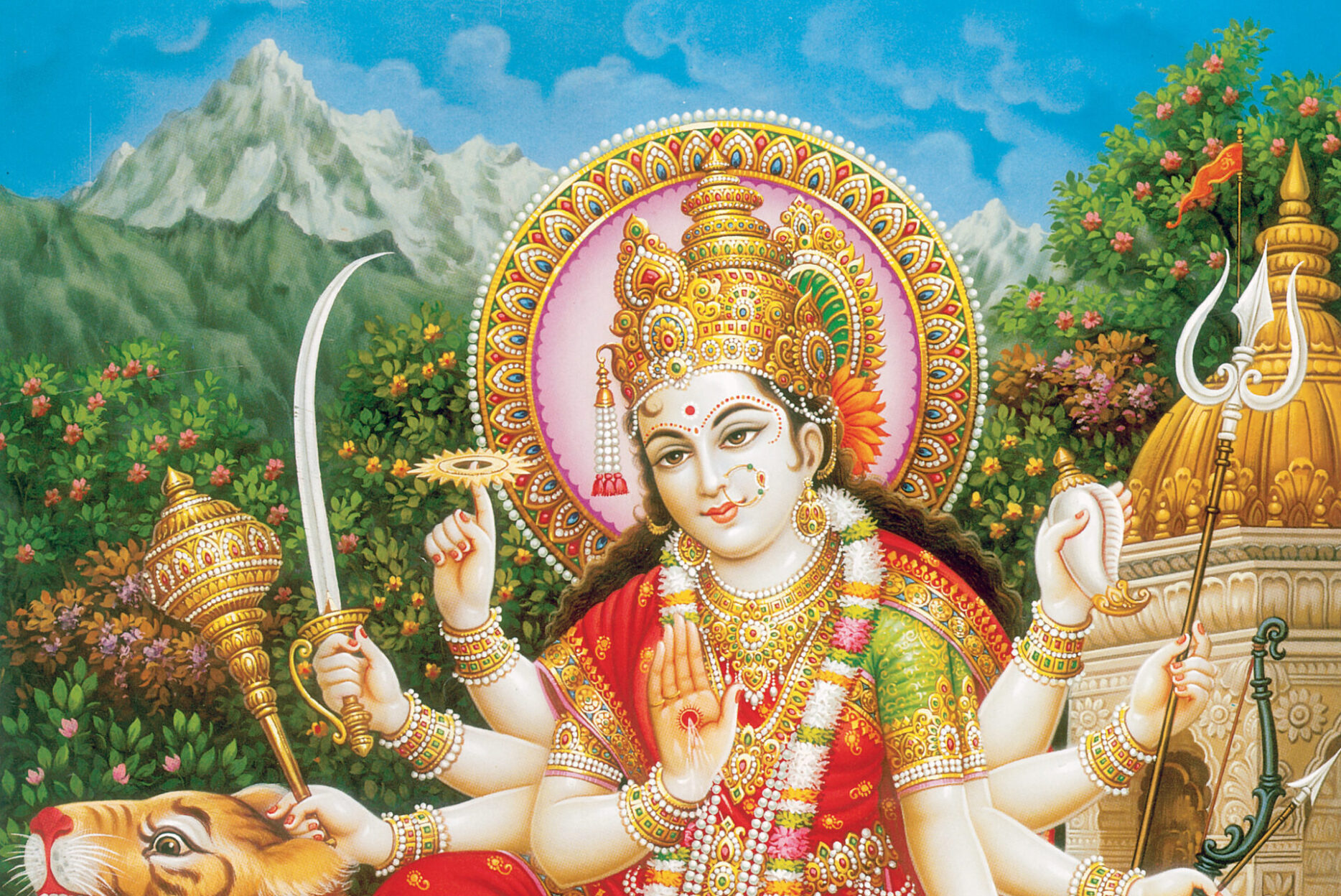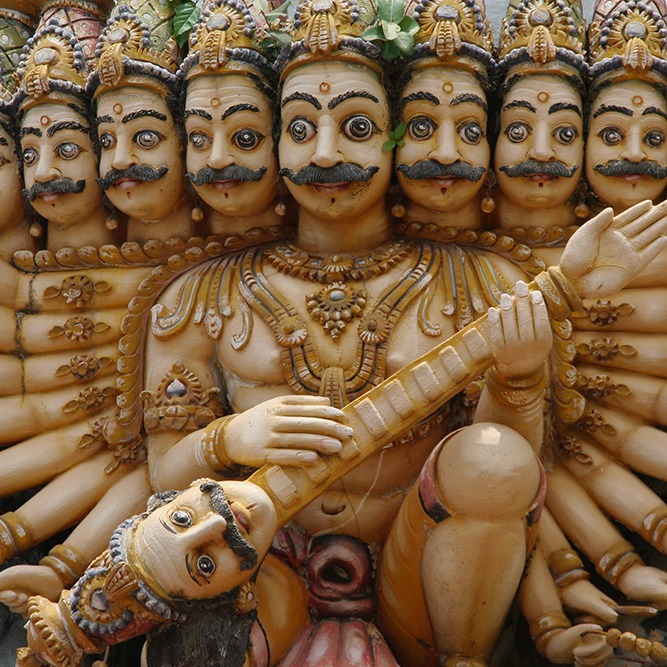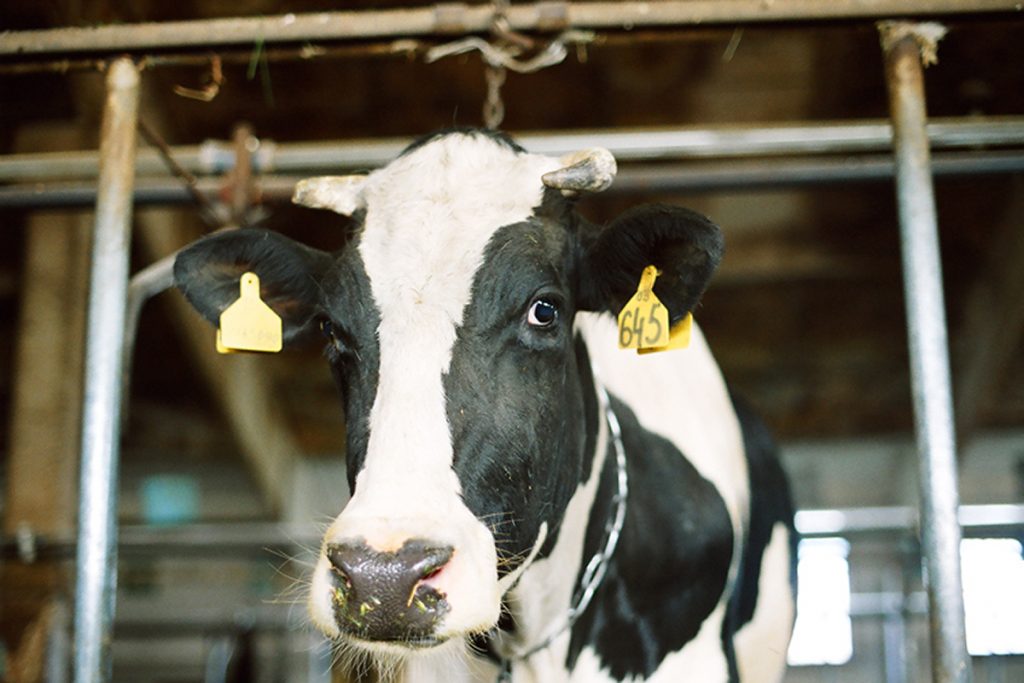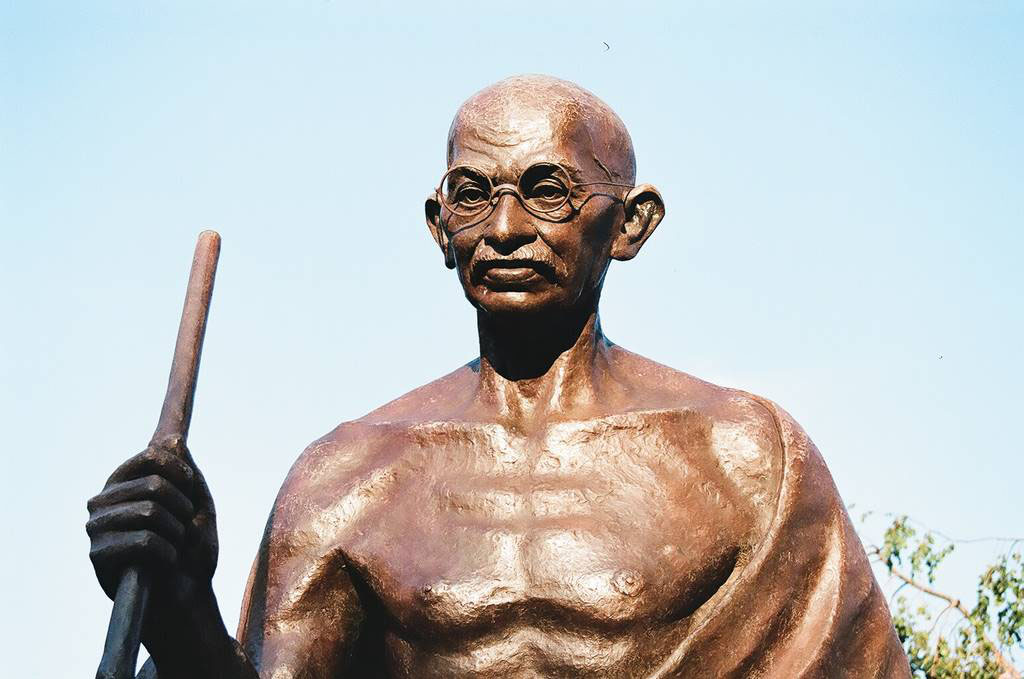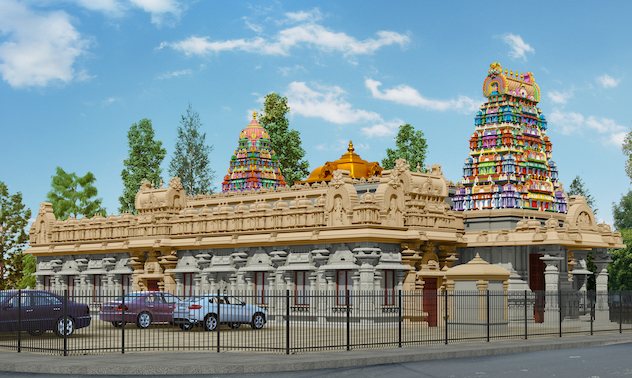Holi is a Hindu festival celebrating the start of spring, which is the season of hope and new beginnings.
What is Holi?
Holi is a Hindu festival celebrating the start of spring, which is the season of hope and new beginnings. Often referred to as the “Festival of Colors,” Holi is celebrated around the world and is recognized as a national holiday in some countries with significant Hindu populations.
5 Things to Know About Holi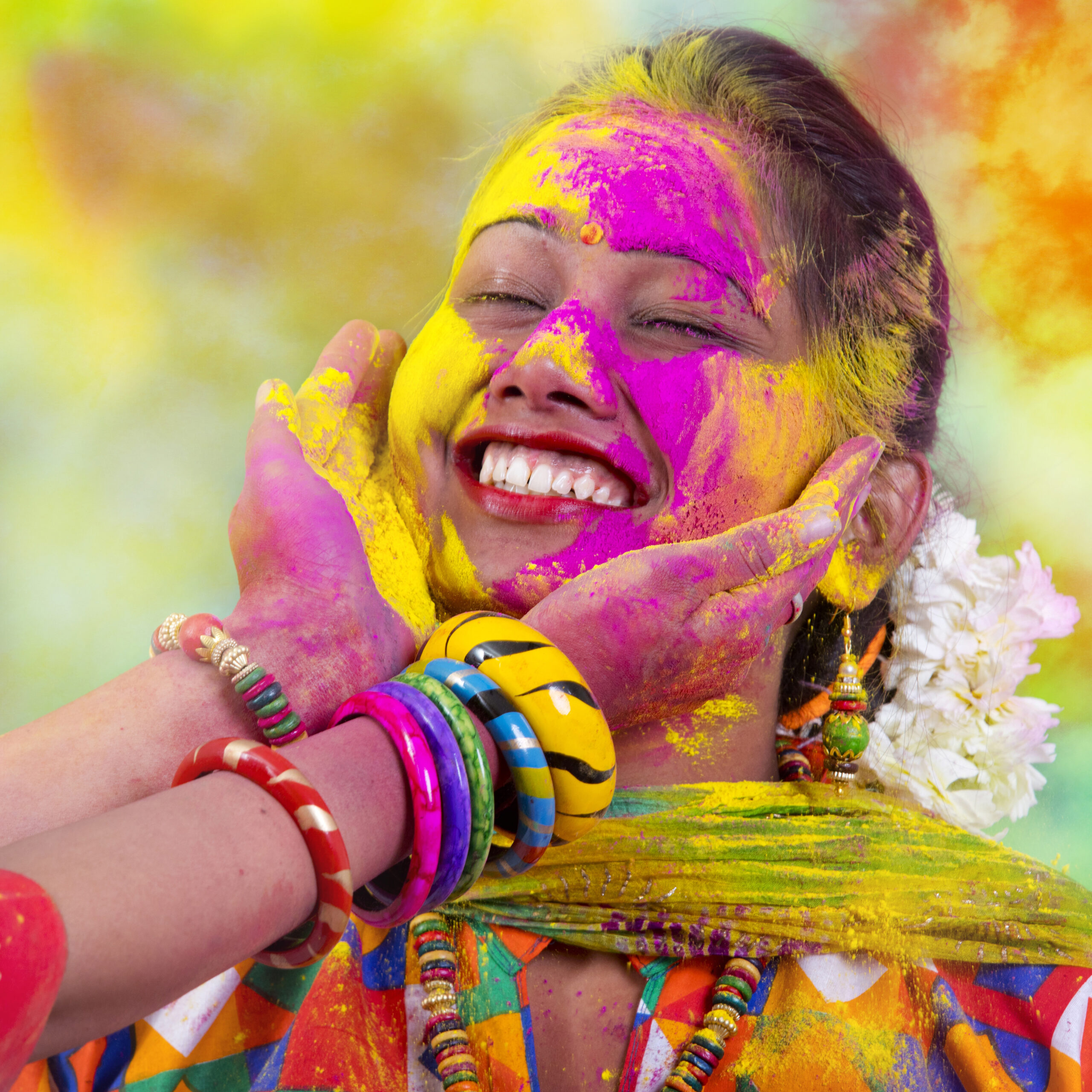
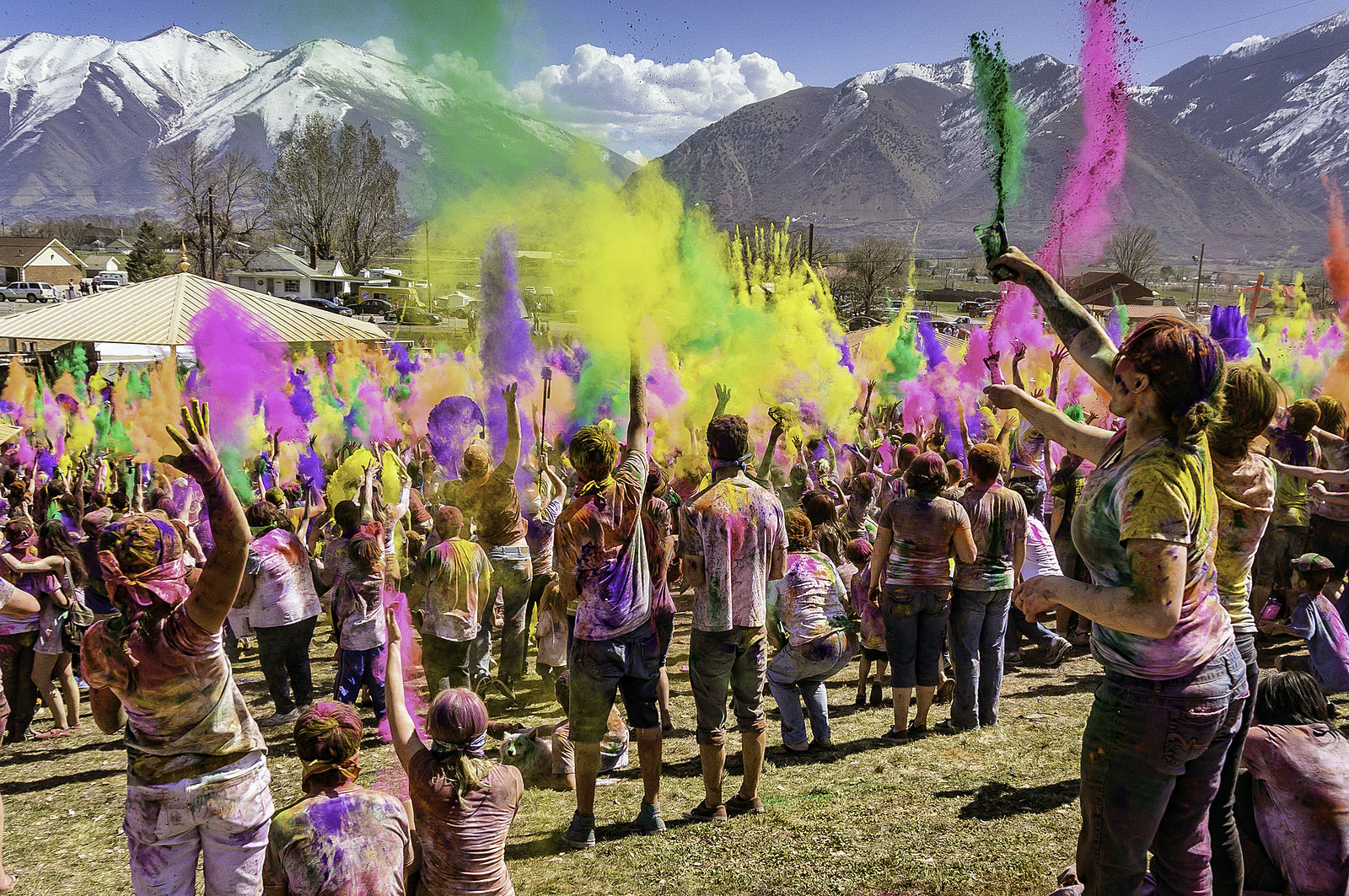
When is Holi?
The timing of Holi, like other Hindu festivals, is synchronized with the moon, which means that the actual dates vary from year to year. Holi falls on the full moon day (Purnima) between the end of February and the middle of March (month of Phalgun), according to the Hindu lunar calendar.
This year, Holi celebrations start on March 25, 2024.
How is Holi celebrated?
Depending on regional traditions and where you are in the world, Holi can be a multi-day festival or an afternoon celebration. The first evening iis known as Holi Purnima (the Holi full moon) and usually involves a bonfire as people gather around to sing and dance in hopes of overcoming negativity by getting rid of unsatisfactory thoughts and deeds from the previous year. On the next day, people of all ages wear white to throw colored powder (gulal) or colored water (pani) at one another. In the evening, everyone gets together with their family and friends to enjoy festive foods, sweets, and companionship. Hindu temples are decorated with bright colors and the deities are decorated with glittering jewels and clothing. With a theme of harmony and new beginnings, Holi encourages people to renew our efforts at becoming decent human beings—reflect on our past misdeeds, improve our routines and interactions, and continue making progress in life.
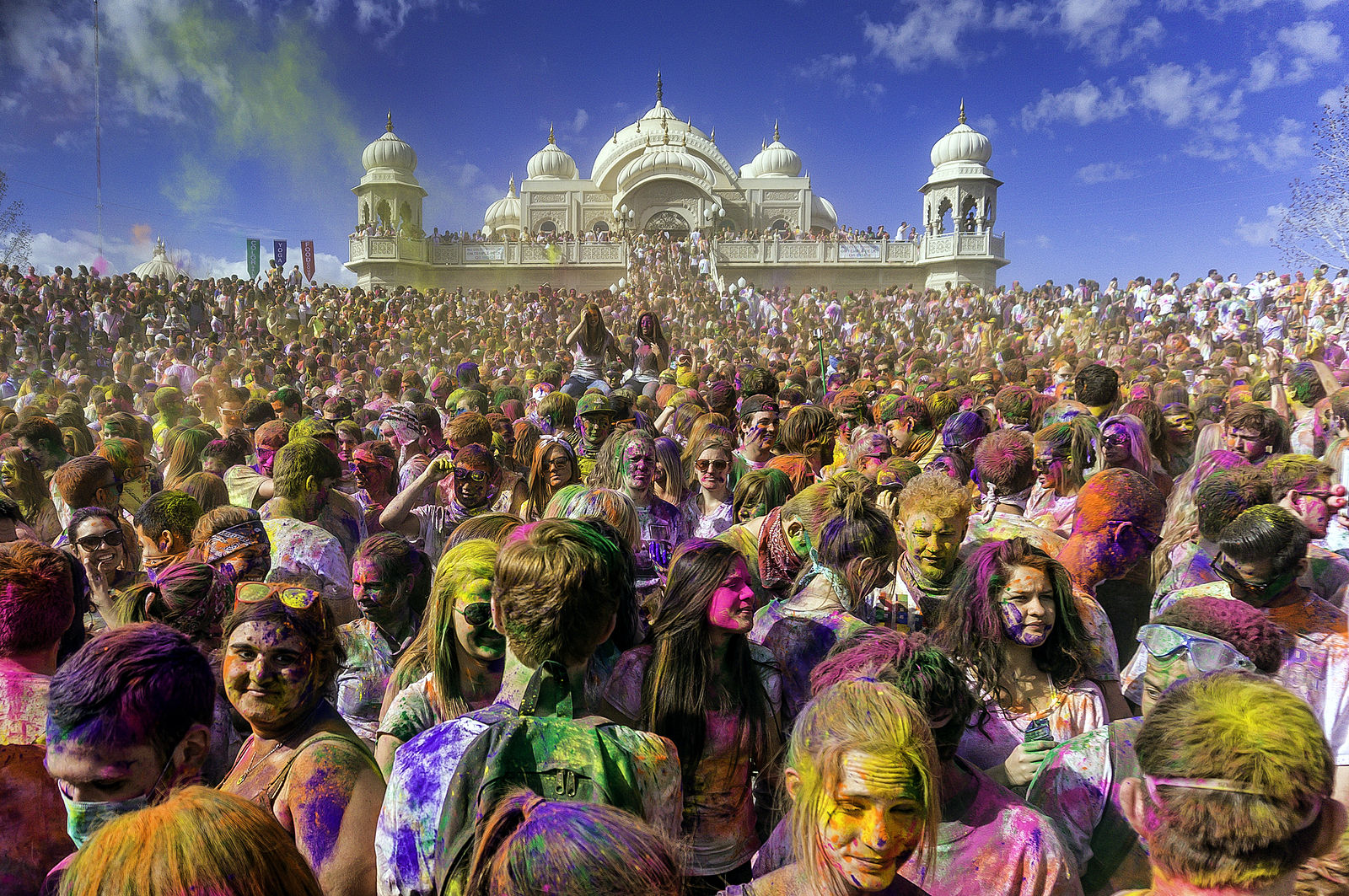
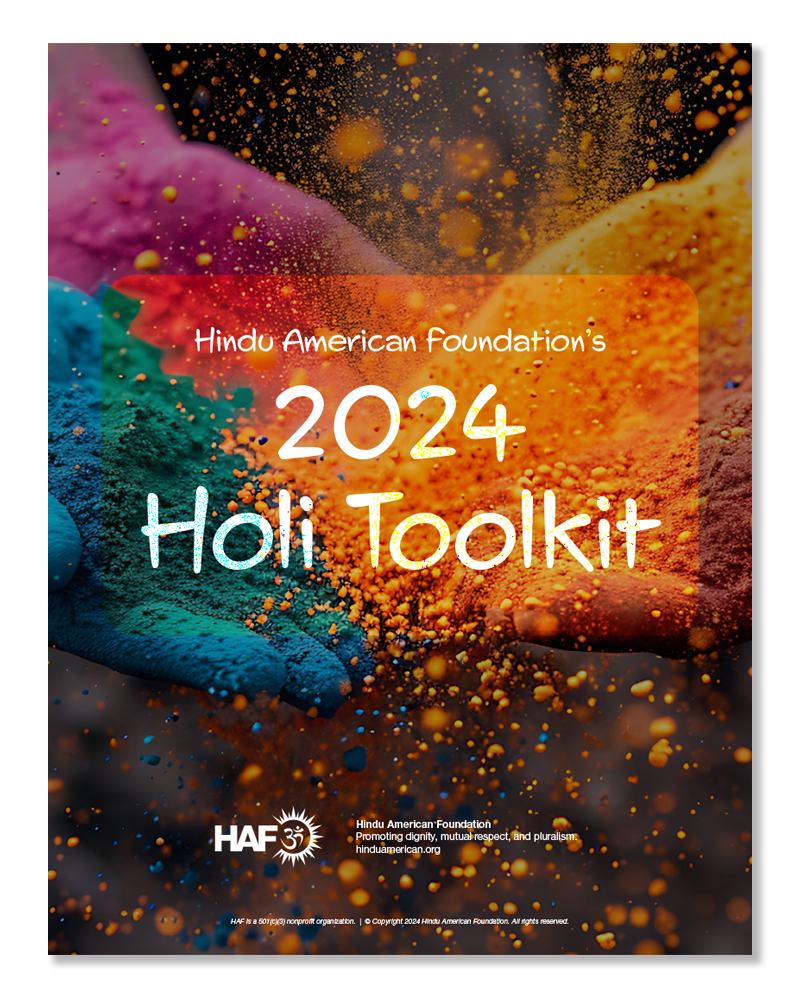
Download Holi Toolkit
The Hindu American Foundation is proud to present you with our Holi Toolkit, a guide to familiarizing you and your students with Holi. In this toolkit, you will find materials to teach about the “Festival of Colors” in your classrooms and activities to do at home. This toolkit is constructed as a way to learn more about this Hindu festival in an interactive and enjoyable way, and can be used by educators and parents alike!
Download ToolkitNever miss a Hindu holiday
Check out our Hindu Holiday Guide to learn even more about Diwali and other days of significance to Dharama.
Your go-to guide for traditions, observations, and celebration.
Go to the Hindu Holidays Guide



